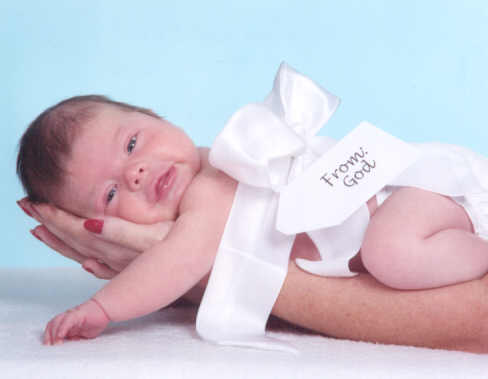New IVF technique may enable pregnancy without multiple births

Washington, Oct 02 : According to a study, women over 35 years of age can avoid multiple births with the help of a new in vitro fertilization technique.
The Stanford University School of Medicine study found that more than half the women became pregnant after undergoing the procedure, called a single blastocyst transfer, which transferred one embryo into the womb.
Amin Milki, MD, professor of obstetrics and gynaecology and director of Stanford's IVF program at the University claimed that the findings were good news for those women who wish to become pregnant with just one child.
"Although these results represent a selected group of patients, we believe that they should serve as encouragement to patients and providers who are considering single blastocyst transfer in the older IVF population," Milki said.
Explaining the transfer procedure, he said that an embryo was bathed in a culture of nutrients for five days until it reached a developmental landmark known as the blastocyst stage.
At that point, doctors determined embryos, which were most likely to thrive long term and then, they transferred the best-quality ones into a woman's uterus.
Milki said that the procedure had been offered to women with good-quality embryos, and to those who elected to have only one embryo transferred.
He also noted that the preference for one child was because half the patients already had one child and wanted just one more, while others hoped to avoid the health complications associated with carrying multiples.
"Many patients would prefer not to have two babies at once. But because the success rate is higher when multiple embryos are transferred, women are willing to take the gamble," Milki said.
After studying the data of 45 patients ranging in age from 35 to 43, the researchers found that 28 patients conceived, and 23 had pregnancies that went beyond the first trimester.
Milki called this an ‘excellent pregnancy rate’. But also, pointed out that the women in the study had good-quality embryos and had a relatively good chance of becoming pregnant.
"This offers reassurance that a woman can still expect a good pregnancy rate without gambling with twins," Milki said.
However, he also cautioned that the findings were not applicable to every woman over the age of 35.
The study is published in the journal Fertility and Sterility. (With inputs from ANI)
Photo Credits : www.cincinnatifertility.com